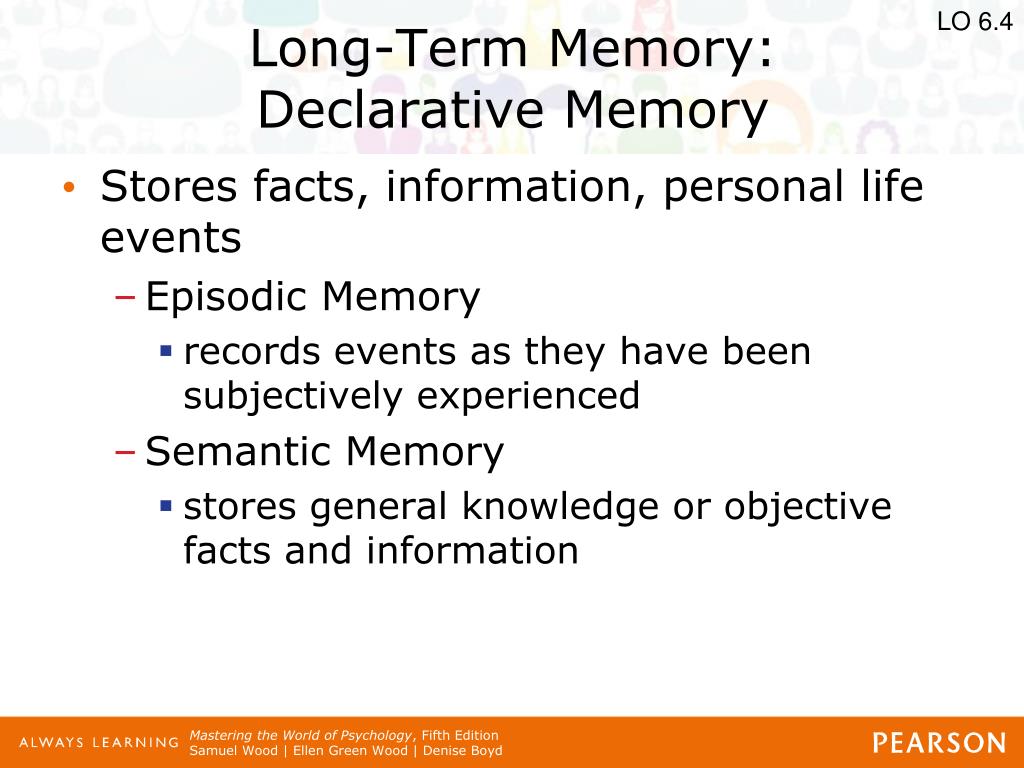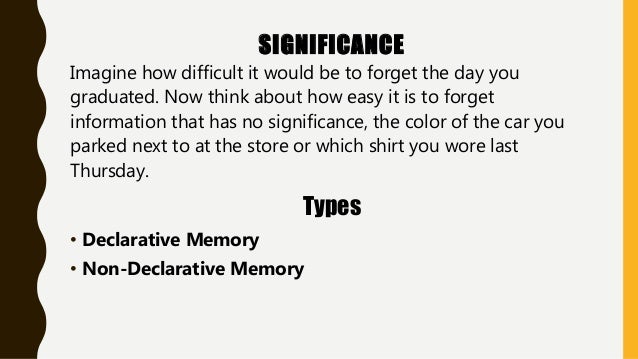

As part of my PhD thesis, I developed a directory of guitar fretboard patterns which documented some of my own existing muscle memory movements.

The following article examines my research into the discourse surrounding the use of implicit memory (or ‘muscle memory’) and explicit memory within guitar performance practice. However, the available data do not support simple dichotomies between the functions of the hippocampus and the adjacent medial temporal cortex, such as associative versus nonassociative memory, episodic versus semantic memory, and recollection versus familiarity.Procedural and Declarative Memory Practice – A Guitarist’s Perspective

Data from neurophysiology, neuroimaging, and neuroanatomy point to a division of labor within the medial temporal lobe. Our analysis draws on studies of human memory impairment and animal models of memory impairment, as well as neurophysiological and neuroimaging data, to show that this system (a) is principally concerned with memory, (b) operates with neocortex to establish and maintain long-term memory, and (c) ultimately, through a process of consolidation, becomes independent of long-term memory, though questions remain about the role of perirhinal and parahippocampal cortices in this process and about spatial memory in rodents. Here, we review findings from humans, monkeys, and rodents that illuminate the function of these structures. The system consists of the hippocampal region (CA fields, dentate gyrus, and subicular complex) and the adjacent perirhinal, entorhinal, and parahippocampal cortices.

The medial temporal lobe includes a system of anatomically related structures that are essential for declarative memory (conscious memory for facts and events).


 0 kommentar(er)
0 kommentar(er)
